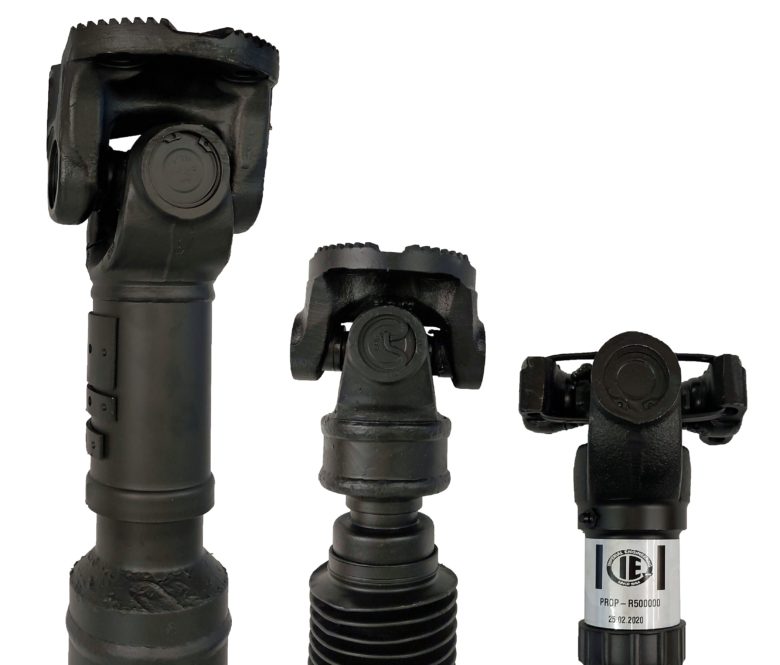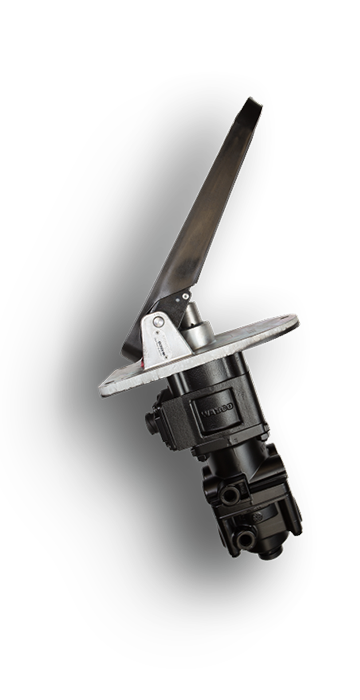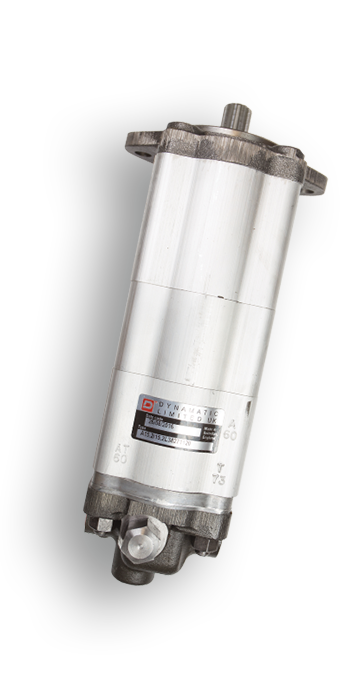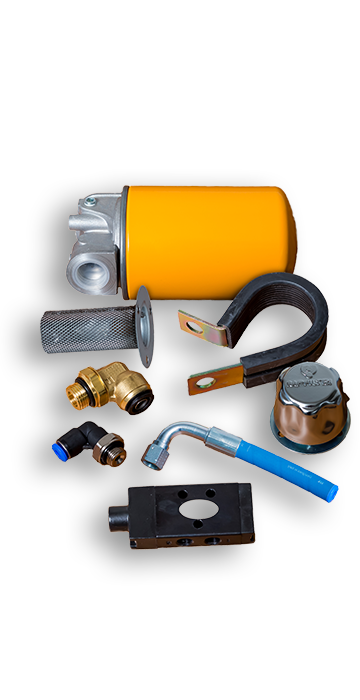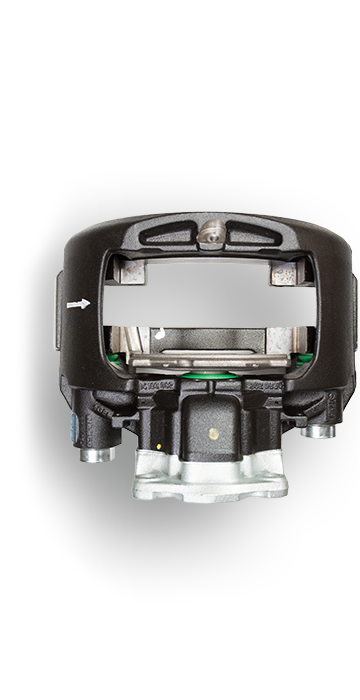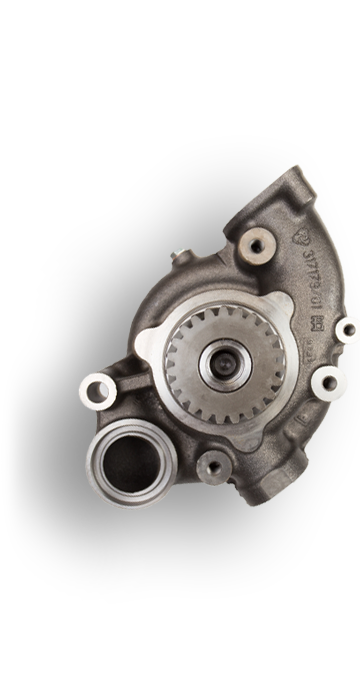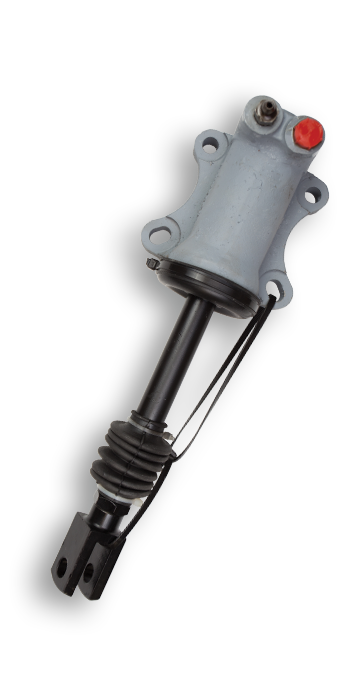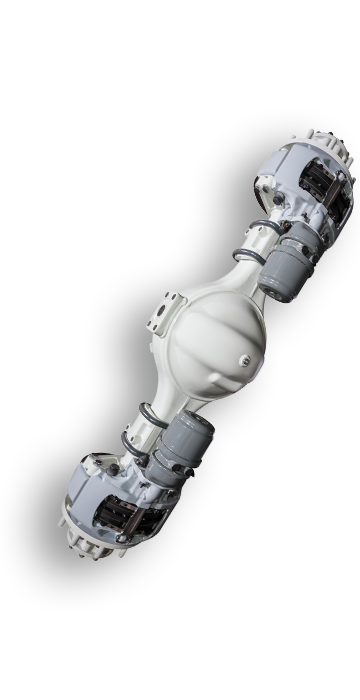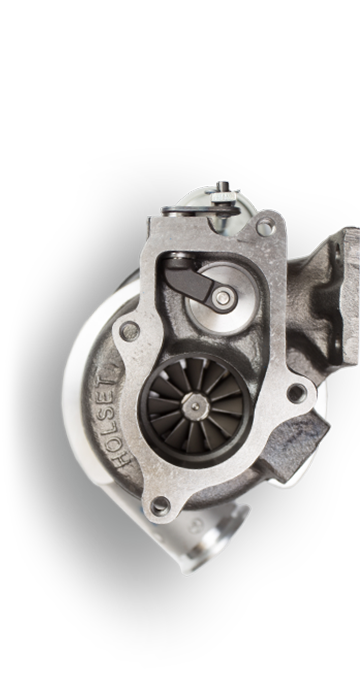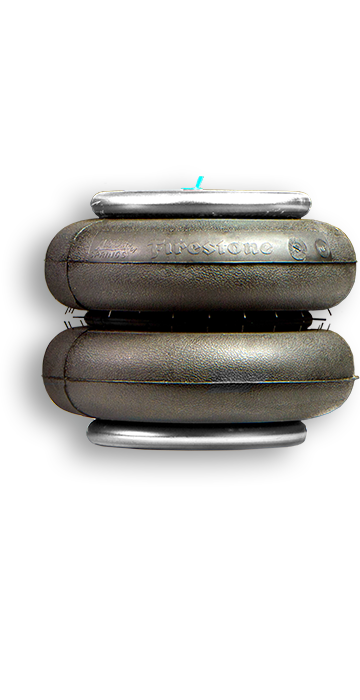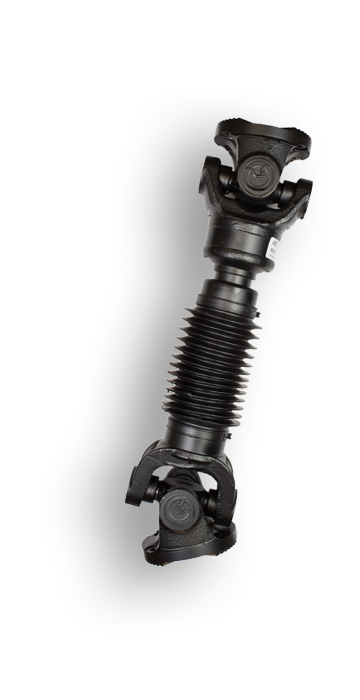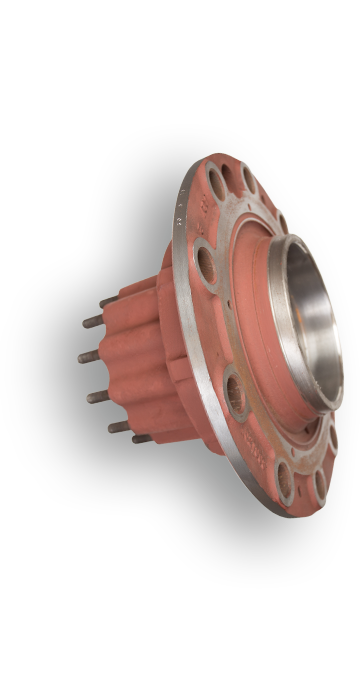Propshaft maintenance
Mounted on the underside of the vehicle, propshafts on diesel-powered buses transmit the rotational torque from the engine via the transmission to the drive axle. At the same time, the propshaft compensates for the relative movement between the gearbox and drive axle.
Also known as driveshafts, propshafts can vary in length and incorporate a universal joint (UJ) at each end. Some units also feature a splined sliding joint to compensate for relative movement. Universal joints consist of two hinges that are oriented at 90 degrees apart and are connected by a cross shaft. These components are typically the weakest links in the propshaft because they have to accommodate severe service loads in terms of torsion and stress. Open to the elements, propshafts are also exposed to dirt and water due to their close proximity to the ground. Consequently, propshafts demand regular maintenance checks that are appropriate to a specific vehicle’s duty cycle. For example, it is recommended that buses operating in cities have propshaft checks at intervals not exceeding 25,000km, or every three months.
To help operators avoid potential problems, PSV parts distributor, Imperial Engineering recommends the following routine propshaft maintenance checks for buses:
- Check the main tube body of the propshaft for damage and ensure the balance weights are present and not loose. Any dents, major damage or missing weights could cause excessive vibration throughout the drivetrain and result in premature bearing failure or increased wear on the UJs. Large dents around the sliding spline joint could also reduce the effective stroke of the propshaft.
- Inspect the two main yokes on the UJs to ensure they align. Misalignment can decrease the available range of movement the propshaft provides.
- Ensure that all of the main mounting flange bolt assemblies are tight. Signs of corrosion around the bolt assembly could indicate a loose assembly.
- Check the UJ assemblies for excess rust coming from the bearing caps or seals, as this could be a sign of water ingress and reduced lubrication to the roller bearings that can lead to component failure.
- Test the UJs for excess movement. From the underside of the vehicle, lift the UJ to ensure there’s no excess movement. This needs to be carried out at both ends of the propshaft. At the same time, check for excess movement on the sliding splined joint.
- Some UJ assemblies are sealed units and do not have the capability for re-greasing, while others have greasing points to allow for this. Clean the greasing point and apply the correct specification grease until it emerges from around the seals of the roller bearings.
- In some instances, propshafts have a protective cover over the splined sliding connection. Ensure the cover is present and has no damage which could allow dirt ingress.
- If the propshaft has been removed for any reason, it is recommended to inspect the rear axle and gearbox drive flange bearings for excess play. Inspect the mounting flanges of the propshaft, gearbox and rear axle for any corrosion build-up and damage.
As one of the UKs leading PSV propshaft suppliers, Imperial Engineering is an authorised distributor for Dana Spicer Driveshaft and GKN Driveline, offering brand-new OEM units and a comprehensive range of propshaft parts. We also provide a propshaft repair service using OEM service kits and UJs and stock a wide range of service exchange units to minimise lead times and vehicle downtime. Imperial Engineering is pleased to support operators with technical advice and guidance, to find out more Contact us
